Last Updated on: 29th March 2021, 09:11 pm
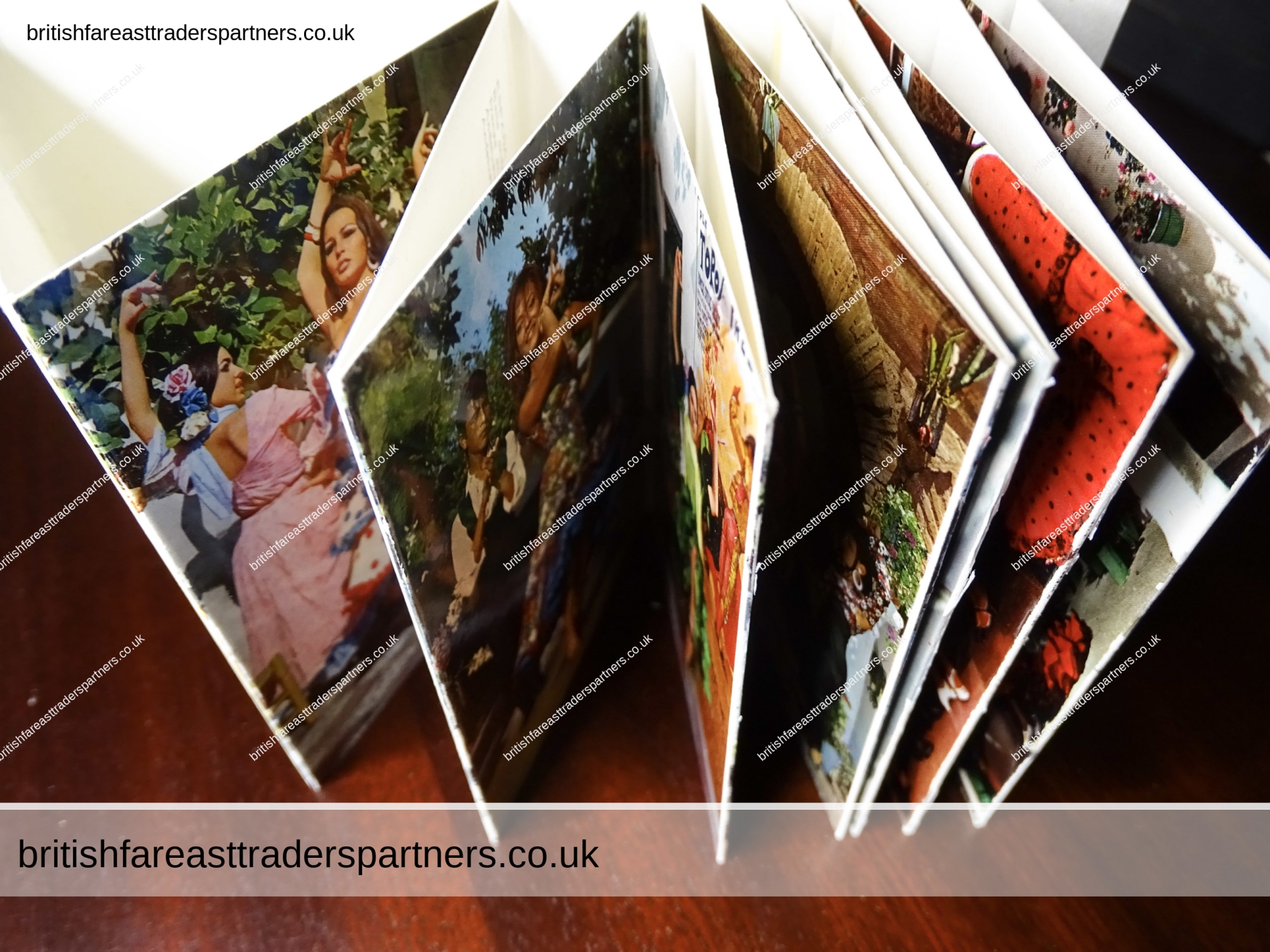
VINTAGE
ESPANA TIPICA
ANDALUSIA
DANCE DRESS FASHION
FLAMENCO
HERITAGE & CULTURE
16 Fotos Color
CONCERTINA
Accordion Folding
VIBRANT SOUVENIR
PHOTOBOOK
Booklet
Available at:
https://www.ebay.co.uk/itm/294045268782
SUPPLEMENTAL READING:
Flamenco (Spanish pronunciation: [flaˈmeŋko]), in its strictest sense,
is an art form based on the various folkloric music traditions of southern Spain
in the autonomous community of Andalusia,
specially in areas of Sevilla, Cádiz, Huelva and Jerez de la Frontera,
as well as in some areas of the Region of Murcia and Extremadura.
In a wider sense, not always in a correct way,
the term is used to refer to the variety of similar Spanish musical styles
from the South of Spain.
Flamenco dates from the 18th century.
The oldest record of flamenco music dates to 1774
in the book Las Cartas Marruecas by José Cadalso.[1]
Although the RAE dictionary associates it with Andalusian popular culture
and the notable presence of Gitanos in Spain during its origin,
the exact origin of flamenco is unknown and the subject of many hypotheses.
Current studies about the genre tells us
that it is in fact a cross-cultural interchange
of different cultures that coincided in Andalusia.
The musical genre influences can be seen in its dances,
singing, music, clothing, instruments, rules, etc from Romani
(they came from India) / Gitanos,
Gregorian chants from the Catholic Church,
Oriundos, Jewish, Al-Ándalus, Castellanos…
that converged in Spain and created the modern flamenco.
Although its germ already existed in the Andalusian region
long before the Gitanos arrived,
also taking into account that there were Gitanos in other regions of Spain and Europe;
flamenco was only cultivated by those who were in Andalusia.4
In Spain Flamenco has been influenced by and associated
always with Gitanos and Romani people from Spain;
however, its origin and style are uniquely Andalusian (Hayes 2009, 31–37)
and Flamenco artists have historically included Spanish
in both Gitano/Romani heritage or not.
Manuel Ríos Ruiz notes that the development of flamenco is well documented:
“the theatre movement of sainetes (one-act plays) and tonadillas,
popular song books and song sheets, customs, studies of dances,
and toques, perfection, newspapers, graphic documents in paintings and engravings….
in continuous evolution together with rhythm,
the poetic stanzas, and the ambiance”
Flamenco has become popular all over the world,
especially the United States and Japan.
In Japan, there are more flamenco academies than there are in Spain
On November 16, 2010,
UNESCO declared flamenco one of the
Masterpieces of the Oral and Intangible Heritage of Humanity (Anon. 2010),
and it is also Andalusian Ethnological Intangible Cultural Heritage
and is registered in the General Inventory of Movable Assets of the Region of Murcia
established by the General Directorate of Fine Arts and Cultural Assets.
Its popularity in Latin America has been such that in Costa Rica,
El Salvador, Guatemala, Mexico, Panama, Venezuela and Puerto Rico
various groups and academies have emerged.
Its wide dissemination and study in Chile
has even allowed the appearance of well-known national figures,
such as the guitarists Carlos Ledermann and Carlos Pacheco Torres,
who teaches a chair of Flamenco Guitar at the
Conservatorio Superior de Música Rafael Orozco de Córdoba.
In Japan it is so popular that it is said that in that
there are more flamenco academies in the country than in Spain.
SOURCE:
https://en.wikipedia.org/wiki/Flamenco
Text is available under the Creative Commons Attribution-ShareAlike License;
additional terms may apply.


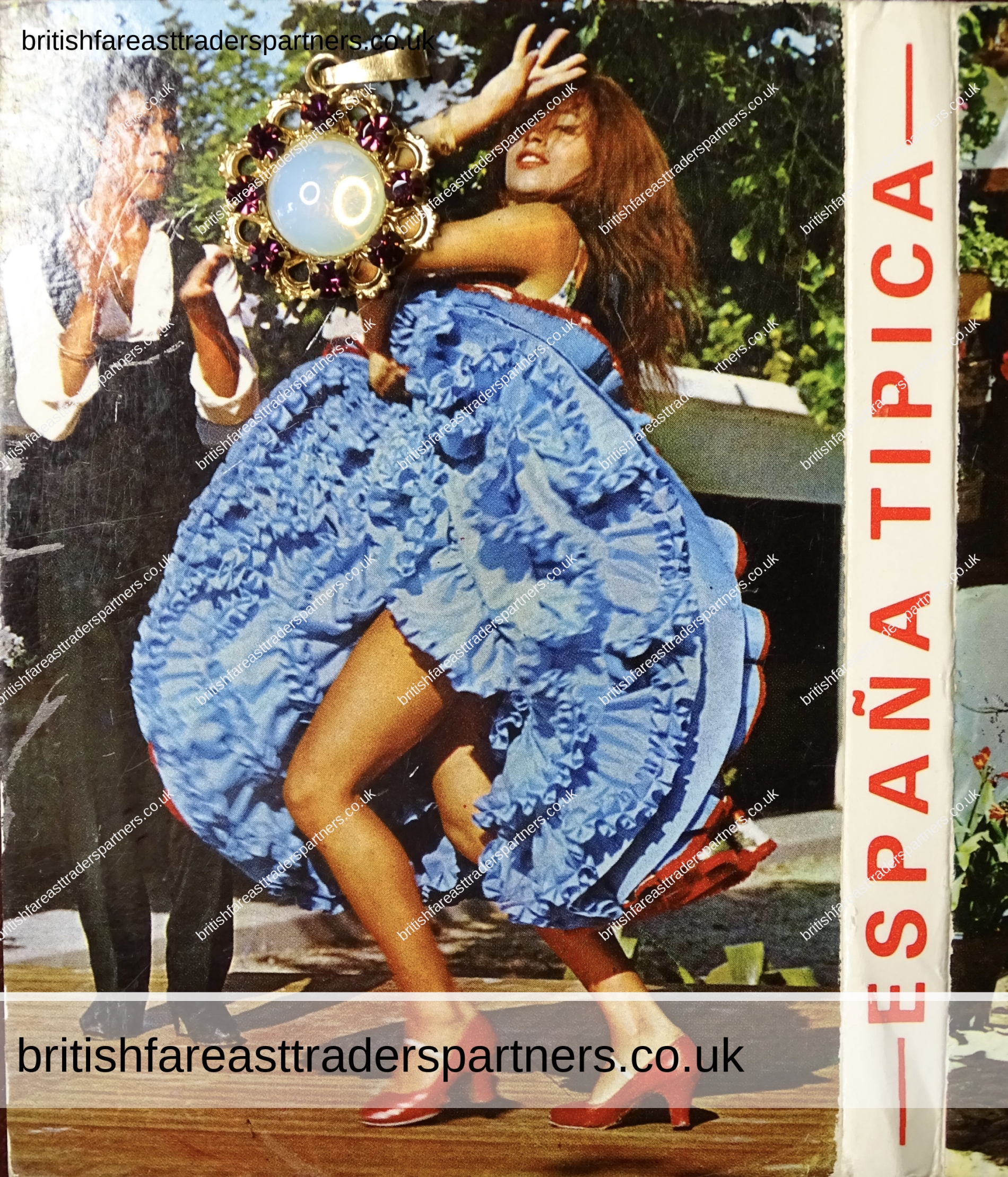
Andalusian dance
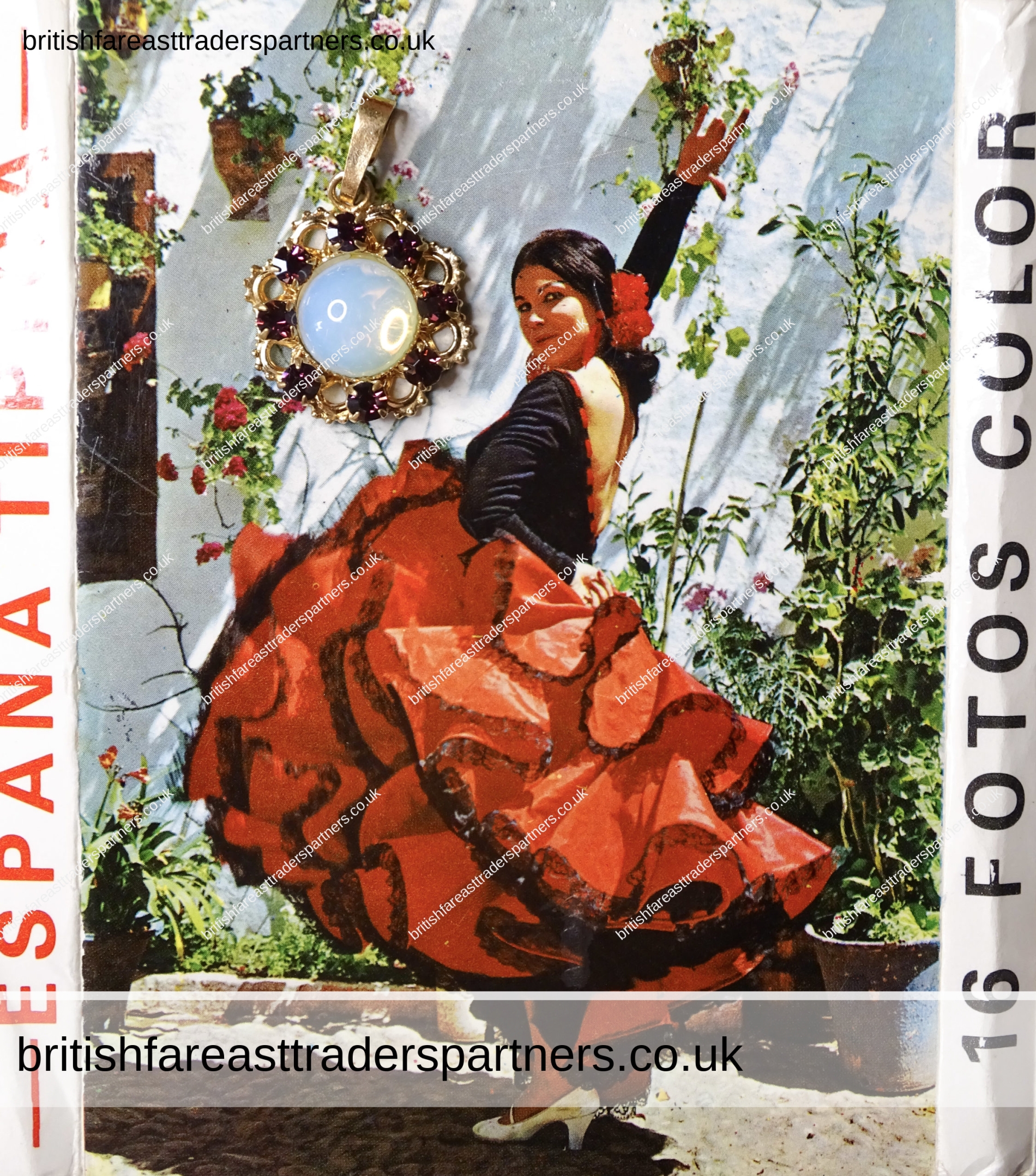
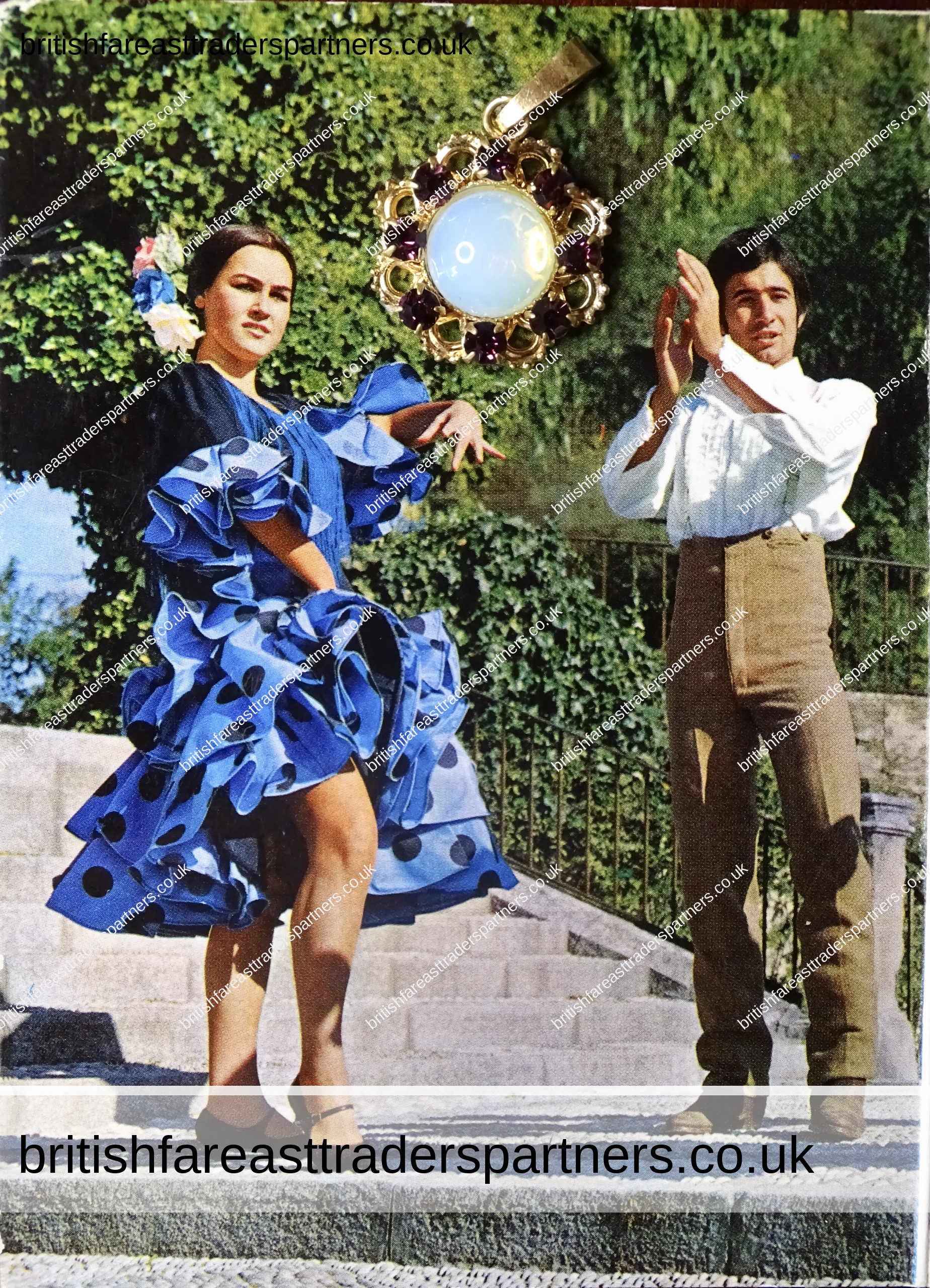
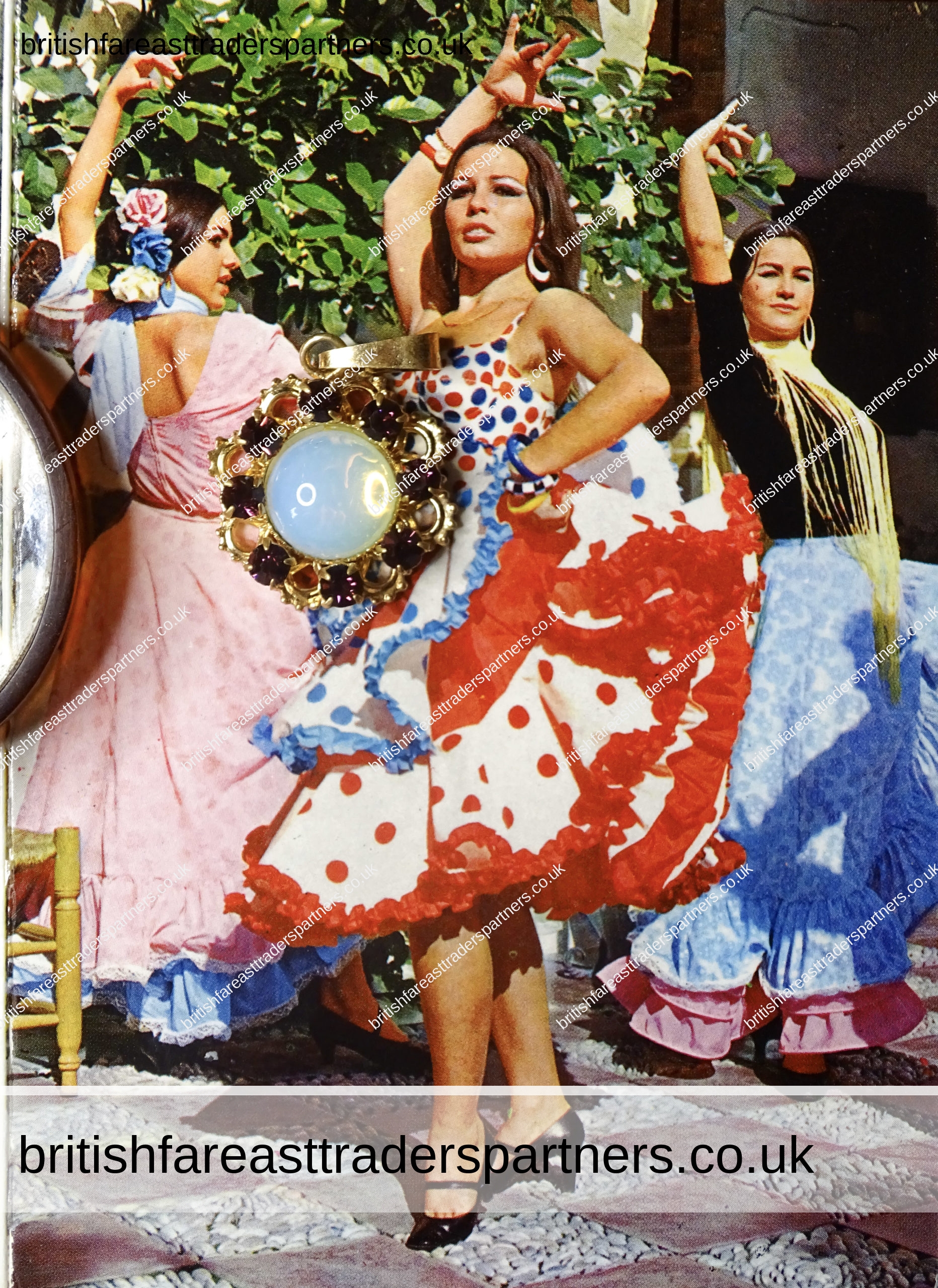
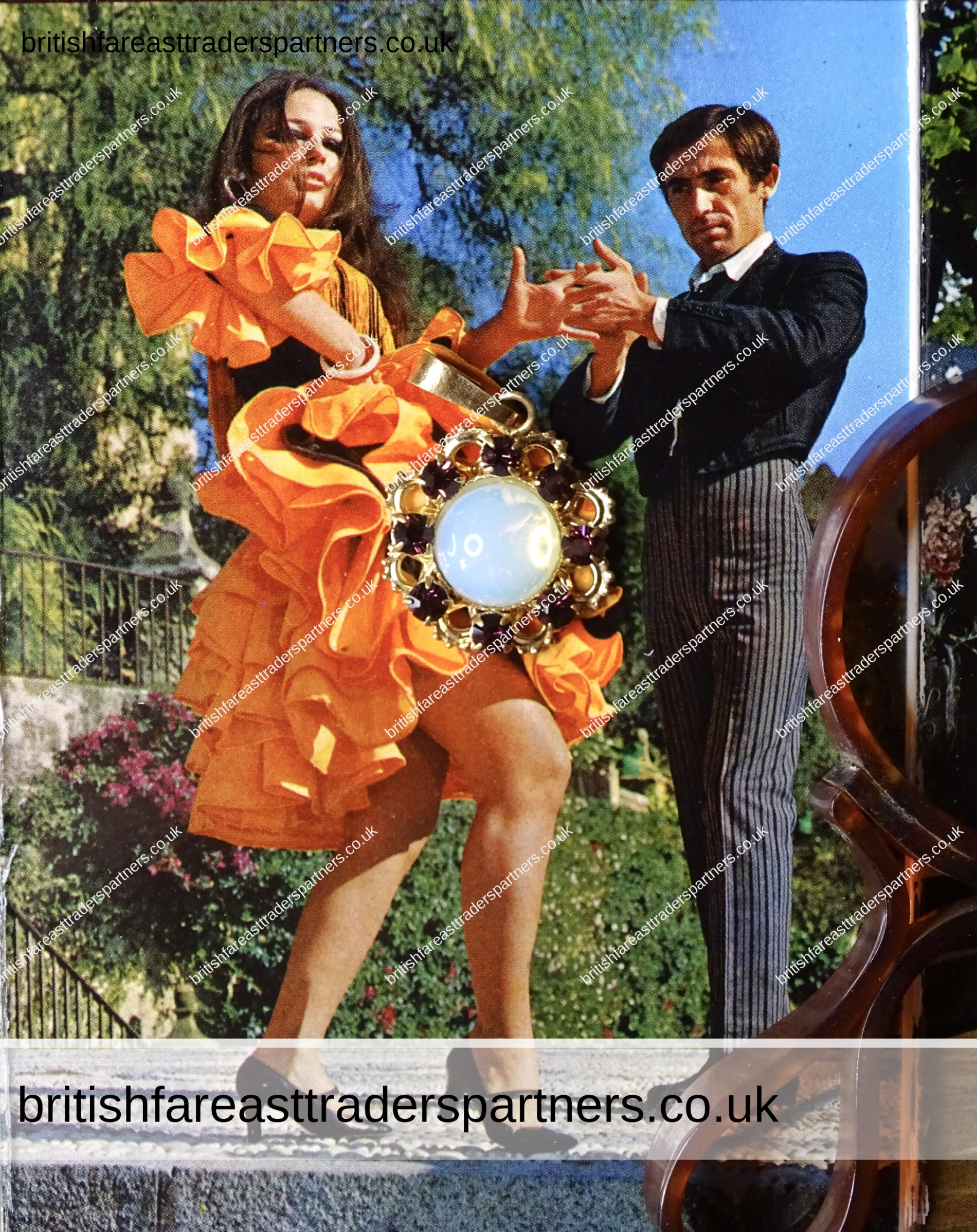
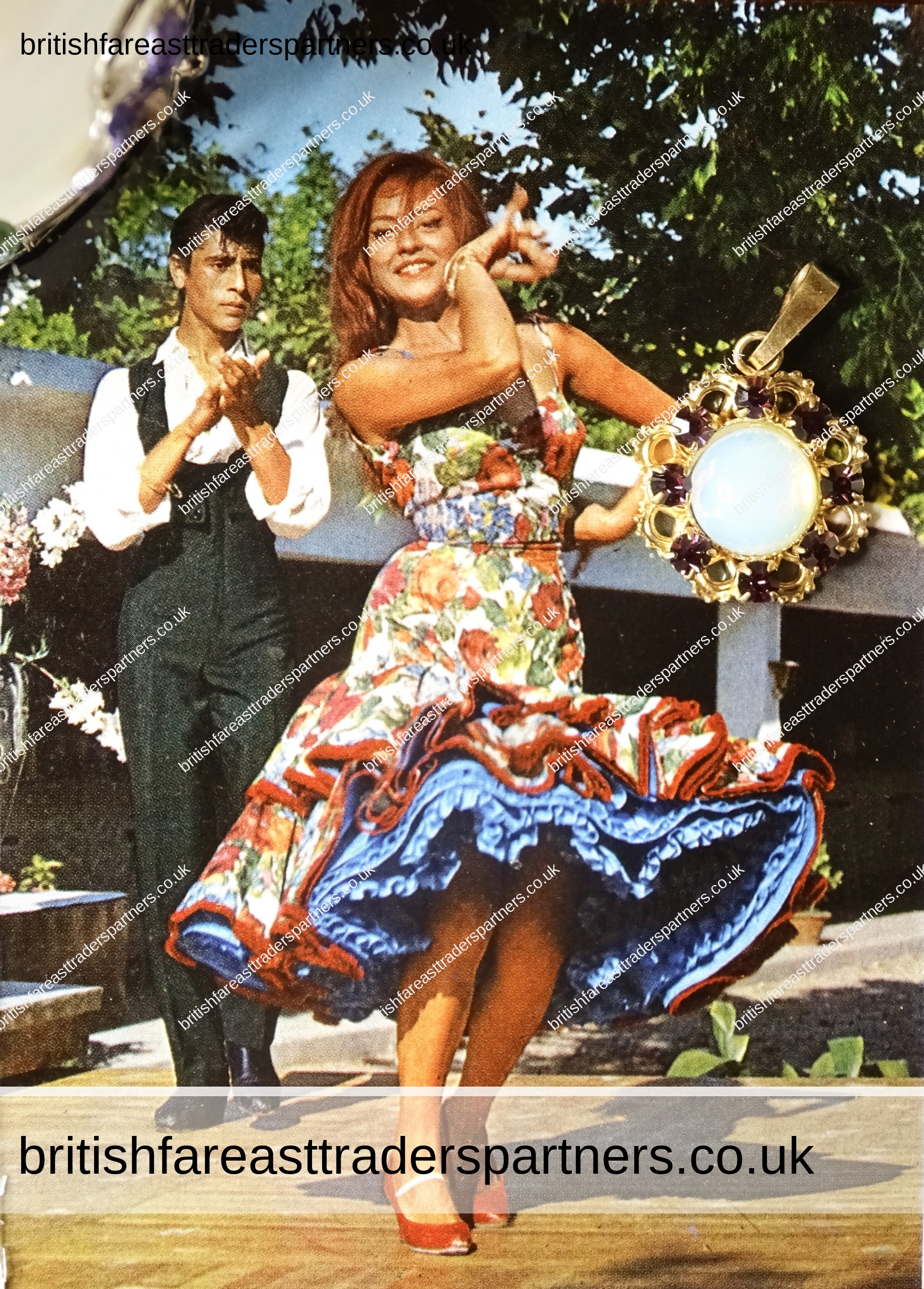
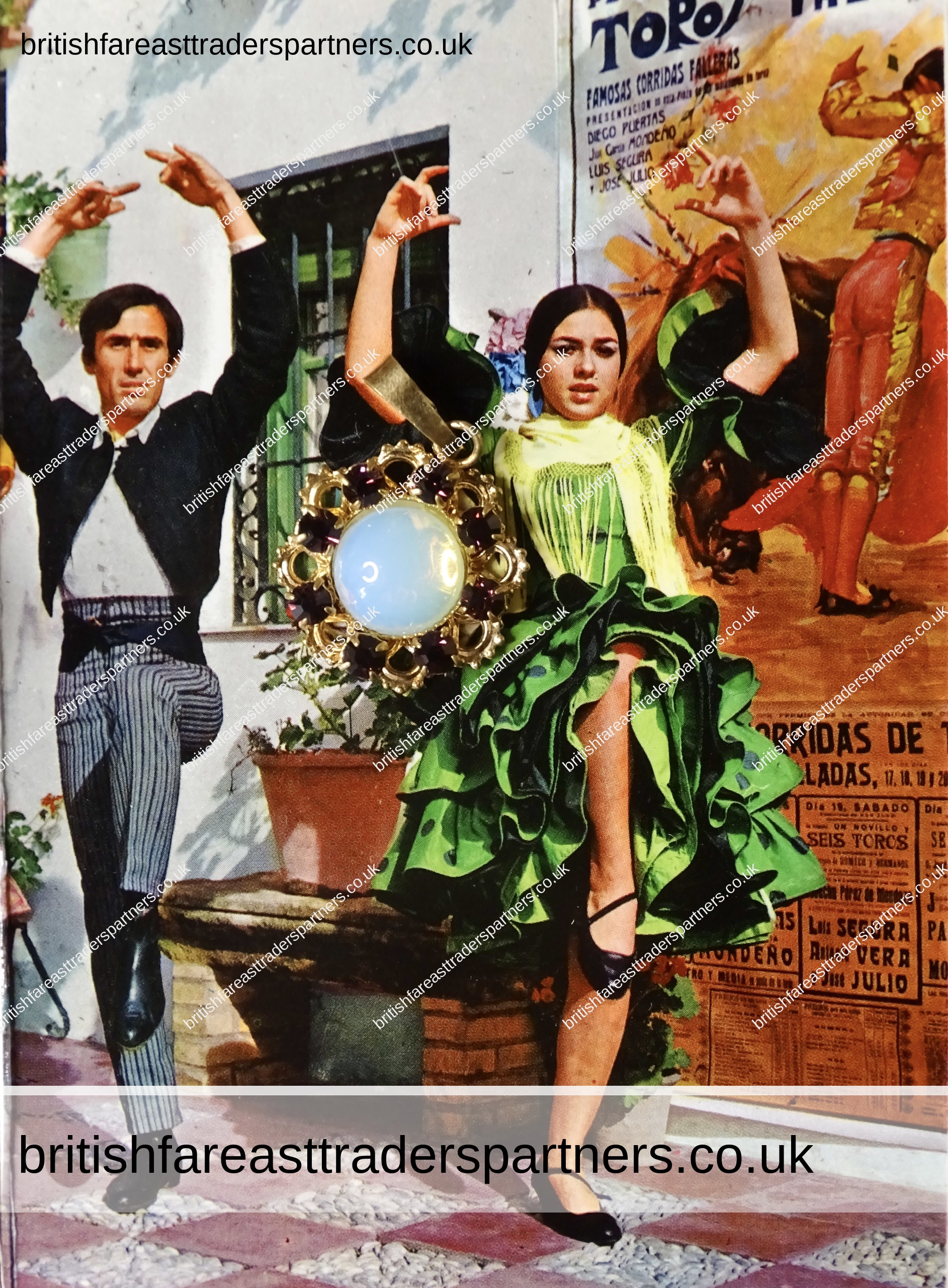
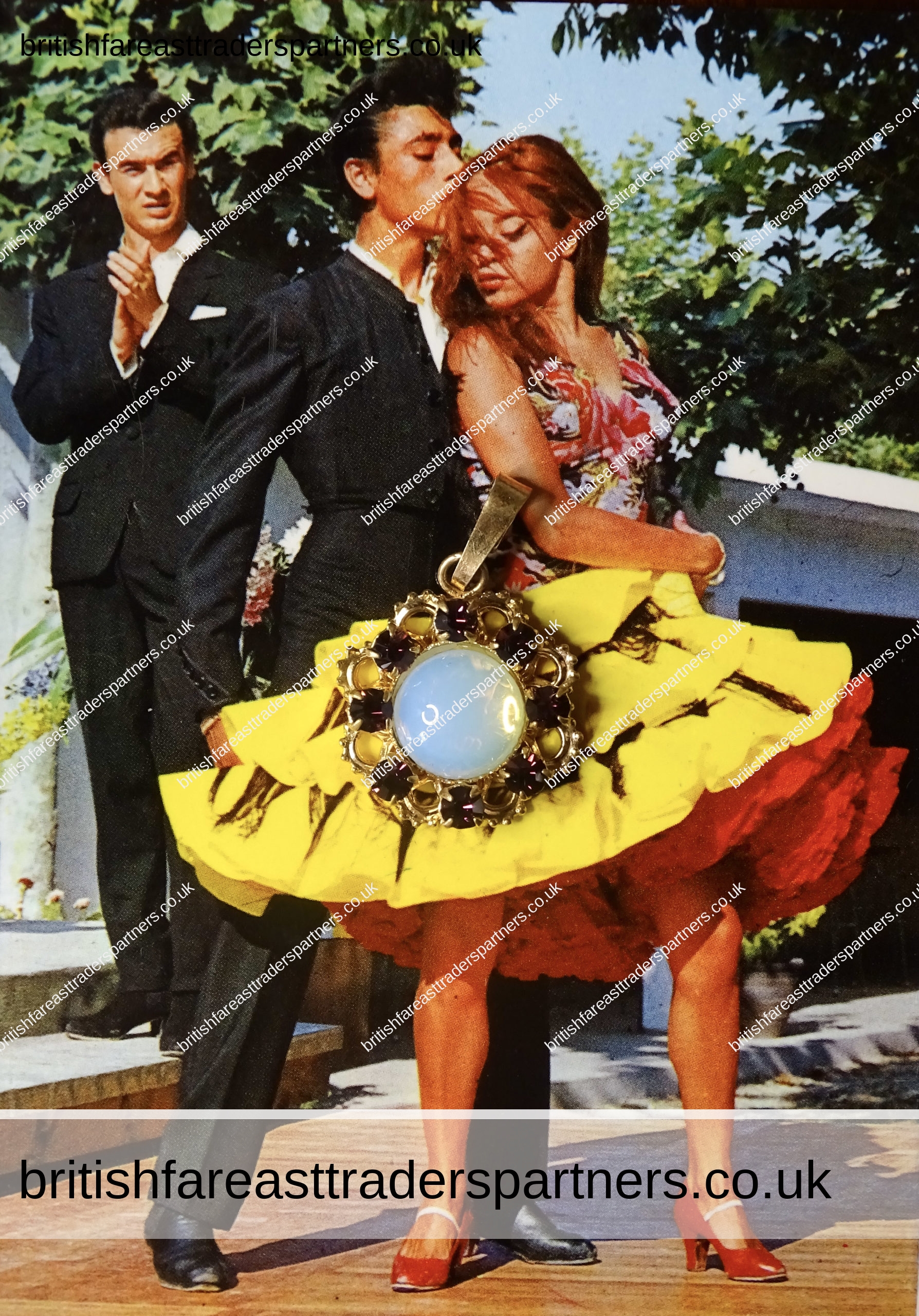
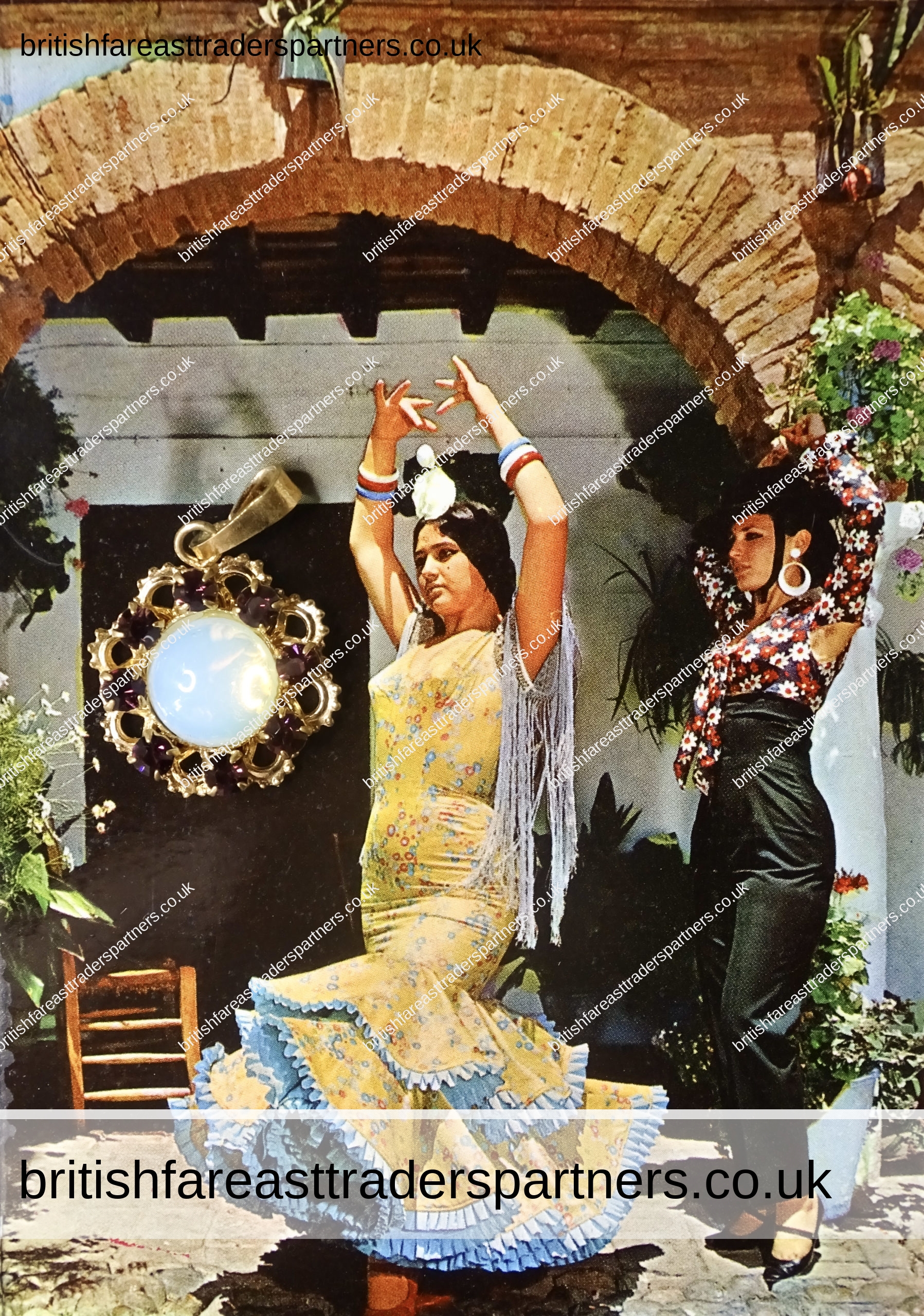
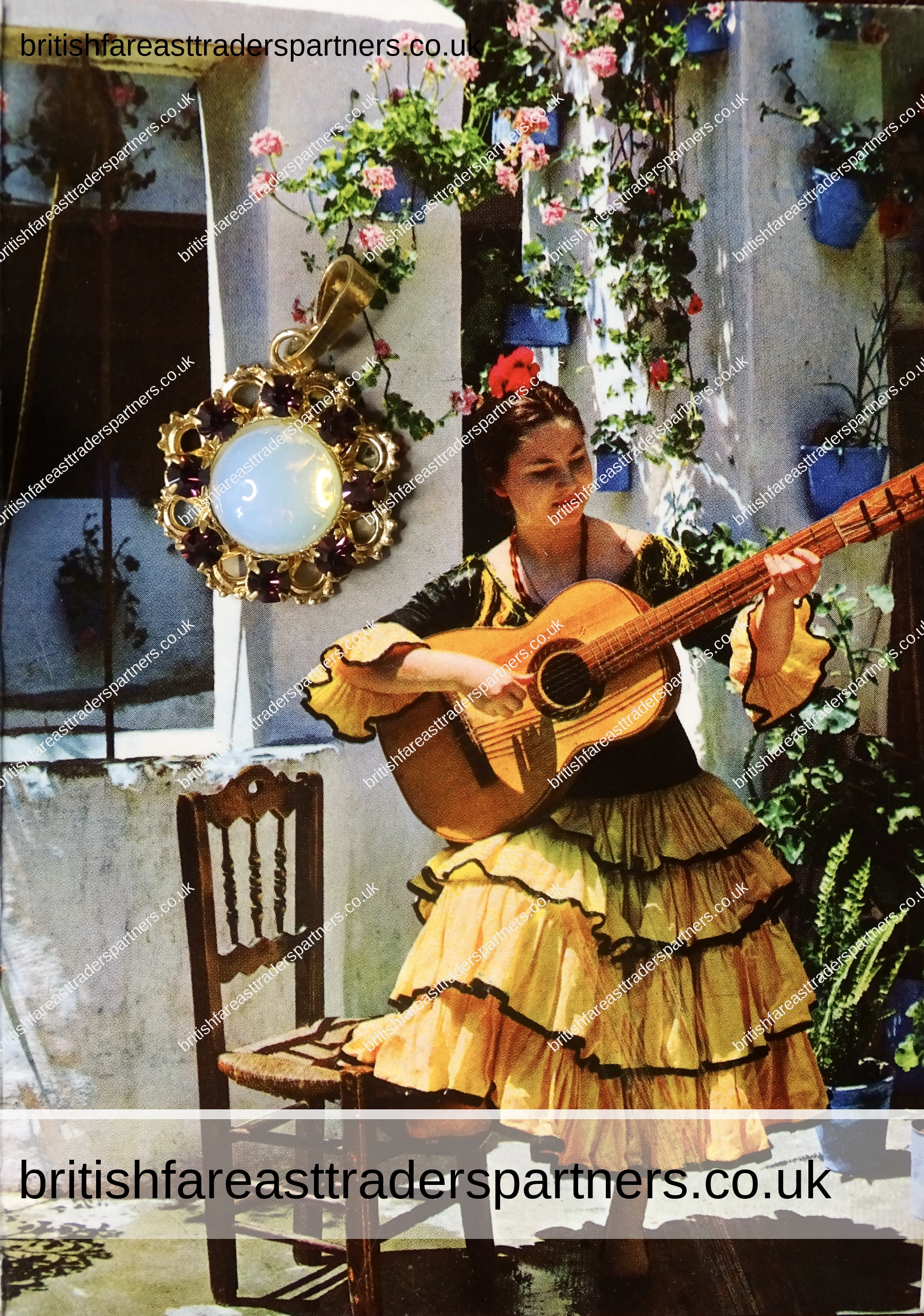

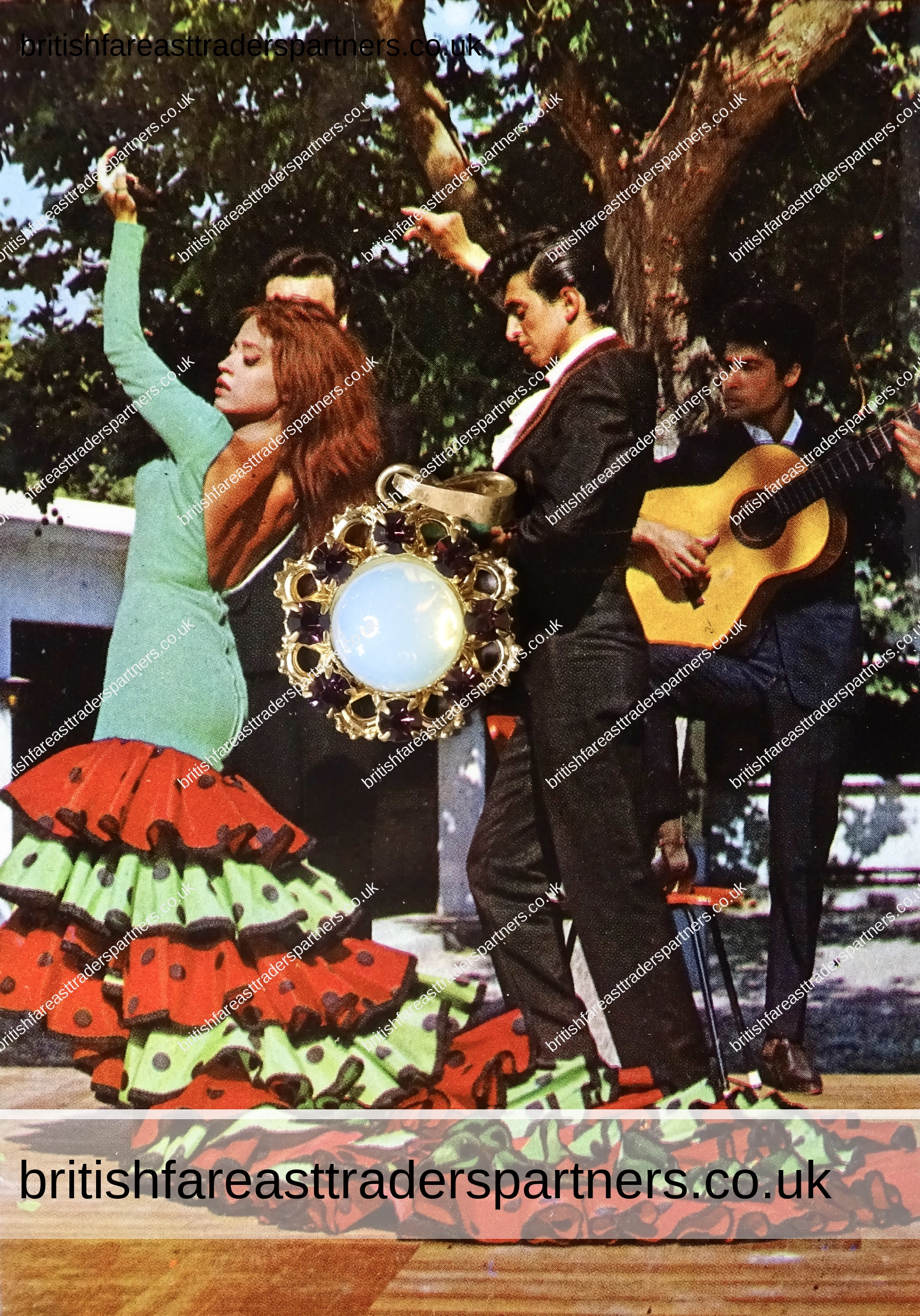
Andalusian Dance
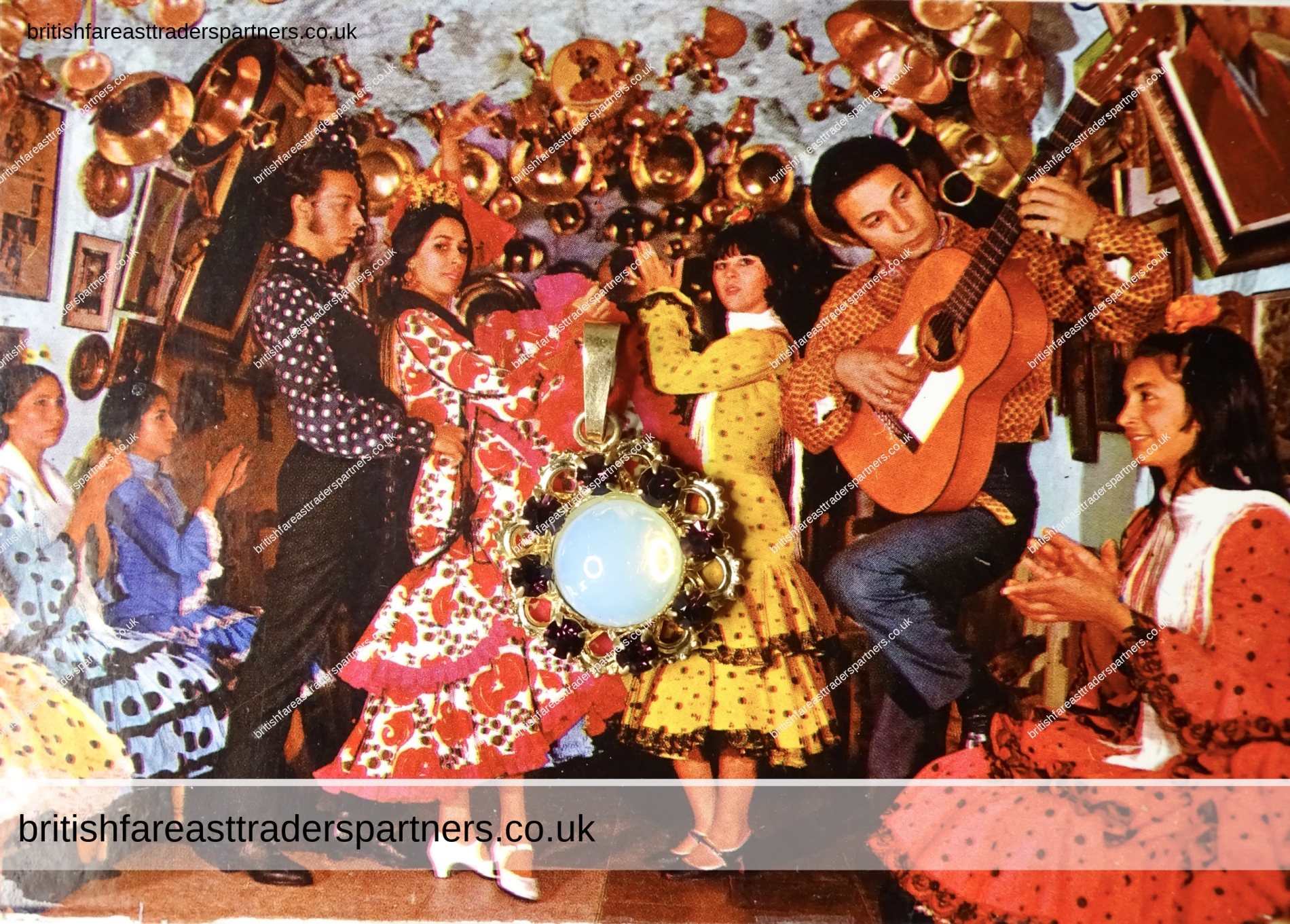
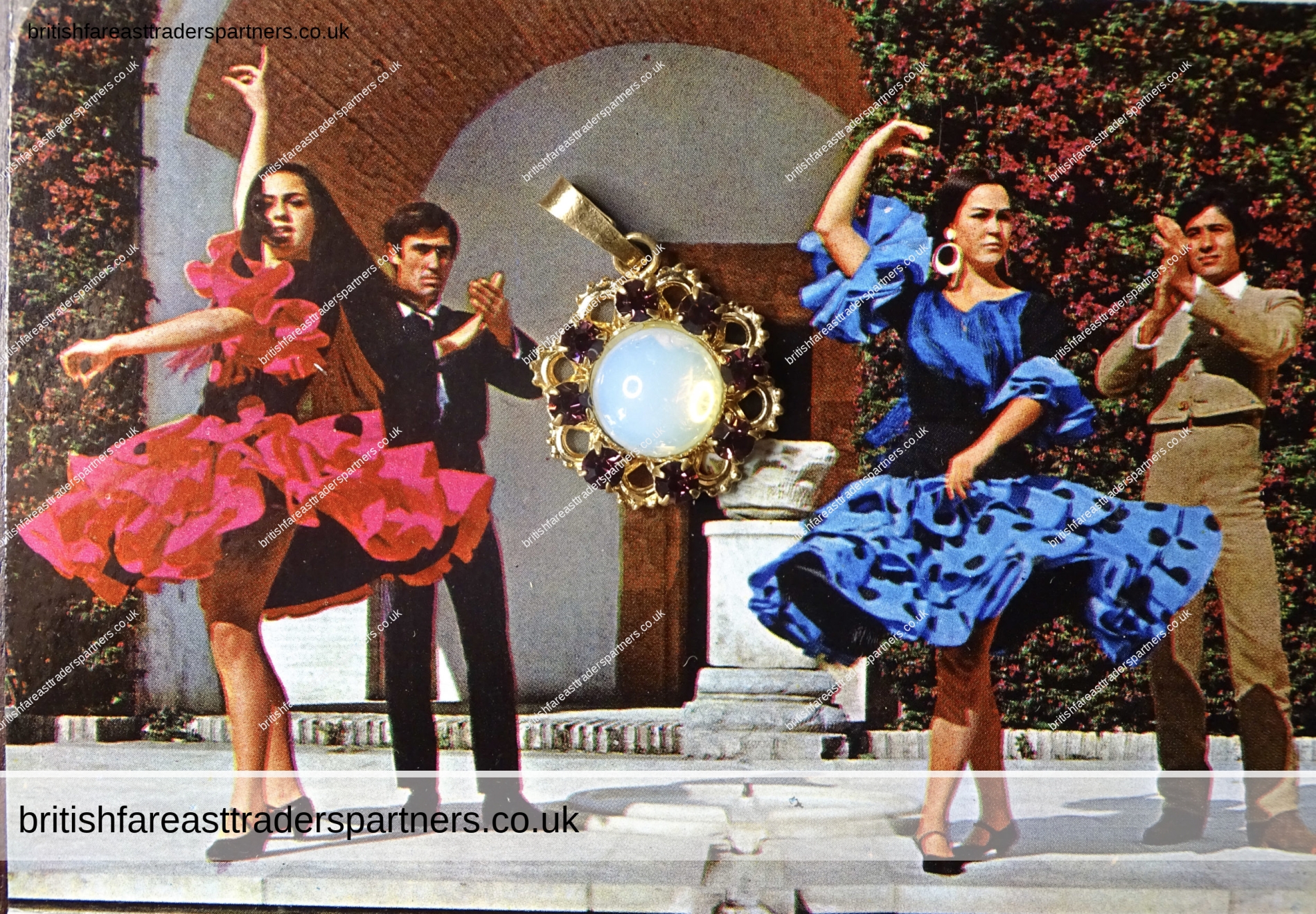
Andalusian Dance
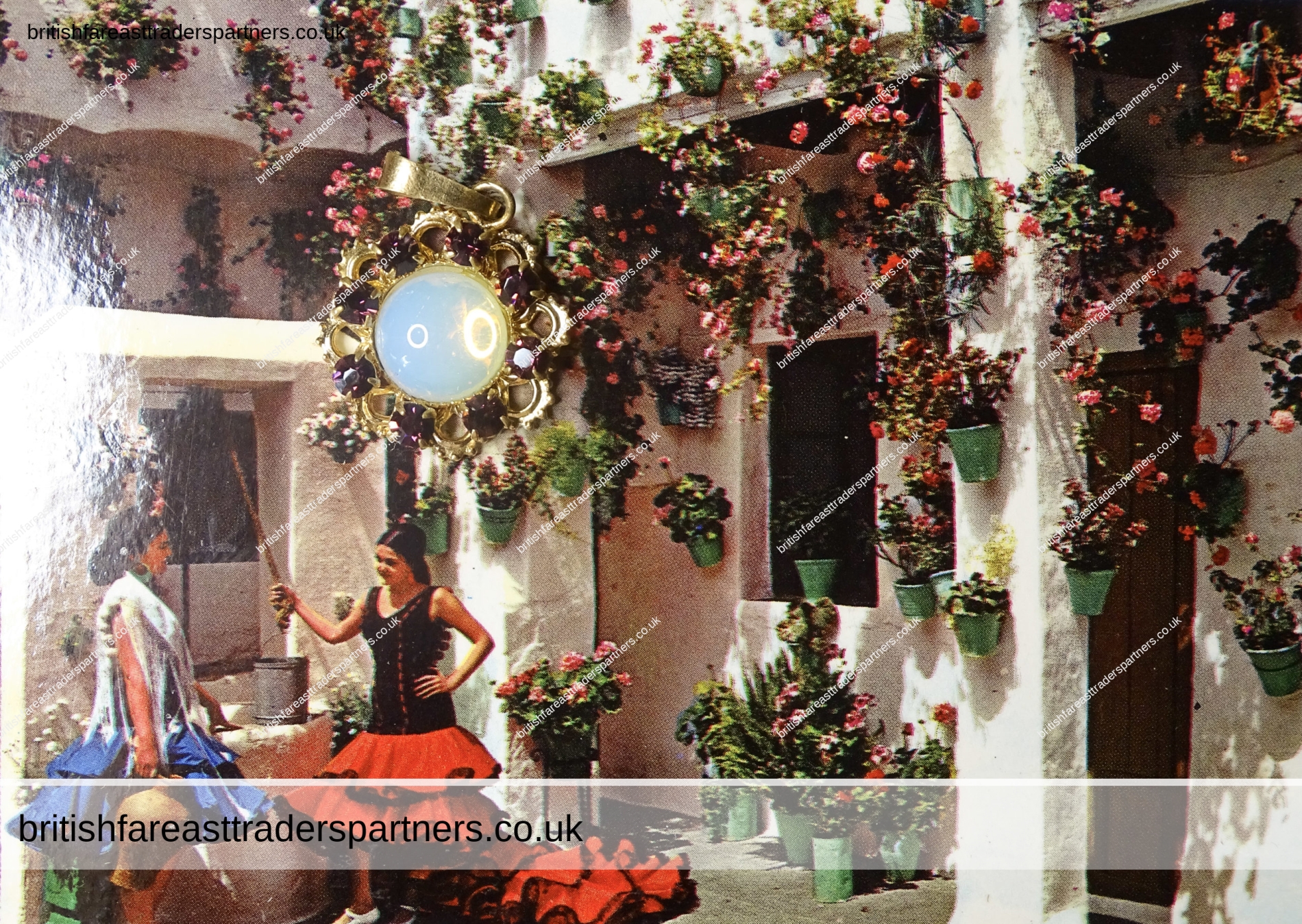
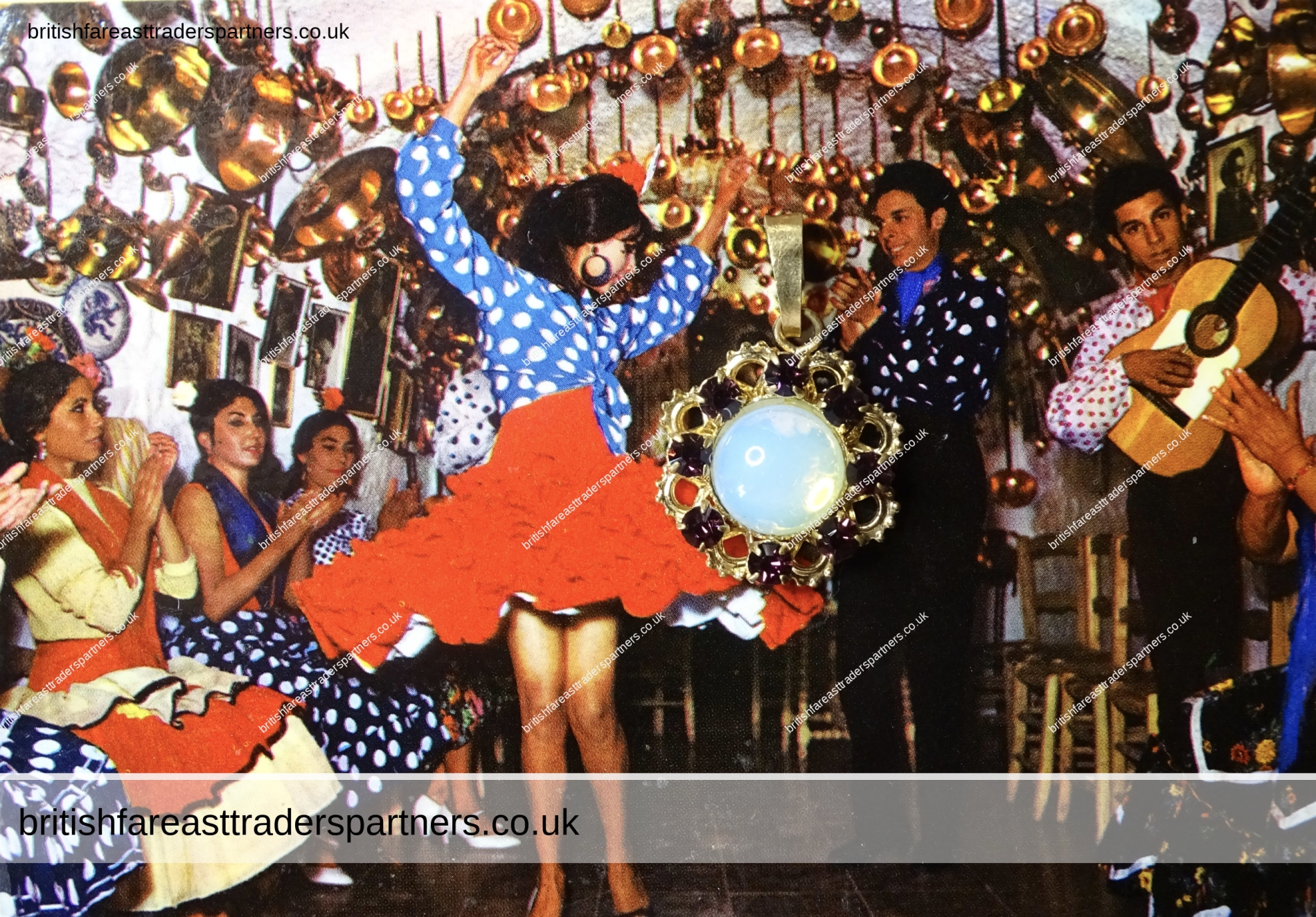
Related posts:
- Welcome to Blenheim Palace: Home to the Dukes of Marlborough and Childhood & Ancestral Home to Sir Winston Churchill Explore BLENHEIM PALACE and its MAJESTIC GROUNDS with this VIRTUAL...
- VISITING THE 1066 BATTLE OF HASTINGS ABBEY & BATTLEFIELD, ENGLAND UK Table of Contents TOWN OF BATTLE, EAST SUSSEX, ENGLAND ABBEY...
- Explore the Romantic and Serene Side of London: A Walk Through Little Venice and Camden Market "Discover the romantic charm and serenity of London with a...
- A Twilight Journey Beside the Thames: Rediscovering London’s Ancient Pulse Join us on a picturesque evening stroll along the iconic...
- WHERE TO INVEST IN VERTICAL REAL ESTATE NORTH OF METRO MANILA, PHILIPPINES: THE FORTRESS IN ANGELES CITY, PAMPANGA ,PHILIPPINES INSPIRED BY THE LEGENDARY CASTLES OF OLD WORLD EUROPE CULTURE | HERITAGE | EUROPEAN LIVING | REAL ESTATE | INVESTMENTS | LIFESTYLE | ASIA WHERE TO INVEST IN VERTICAL REAL ESTATE NORTH OF...
- Explore Windsor: A Royal Heritage Tour of Castle & Eton Discover Windsor Castle & Eton's rich history, royal heritage, and...
- VINTAGE SUPERMARINE SPITFIRE WW2 BRITISH SINGLE-SEAT FIGHTER AIRCRAFT PRINT SUPERMARINE SPITFIRE WORLD WAR 2 BRITISH FIGHTER AIRCRAFT VINTAGE |...
- ANTIQUE 1908 GOLD DUST BOOKLET: A COLLECTION OF GOLDEN COUNSELS FOR THE SANCTIFICATION OF DAILY LIFE . TRANSLATED AND ABRIDGED FROM THE FRENCH BY E.L.E.E. New Impression (1907) Reissue | LONGMANS, GREEN, AND CO. 39 PATERNOSTER ROW, LONDON | PHILOSOPHY | SPIRITUALITY | MINDSET | LIFESTYLE ANTIQUE 1908 GOLD DUST BOOKLET: A COLLECTION OF...
- VINTAGE GOLD TONE WIRE MESH & RED BEADS BRACELET VINTAGE GOLD TONE BANGLE BRACELET WIRE MESH & BEADS VINTAGE...
- BRONZE & PURPLE BEADS ELASTIC BAND BRACELET BRONZE & PURPLE BEADS ELASTIC BRACELET FASHION | COSTUME JEWELLERY...
